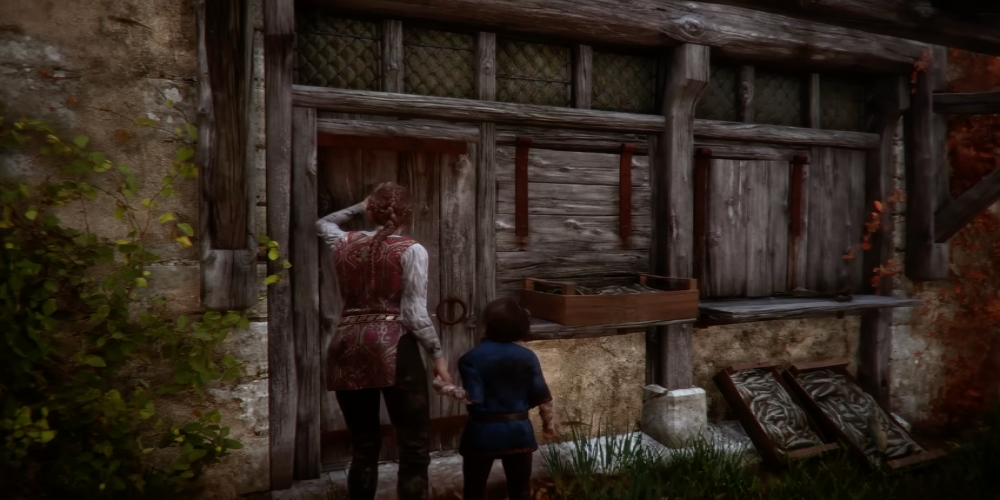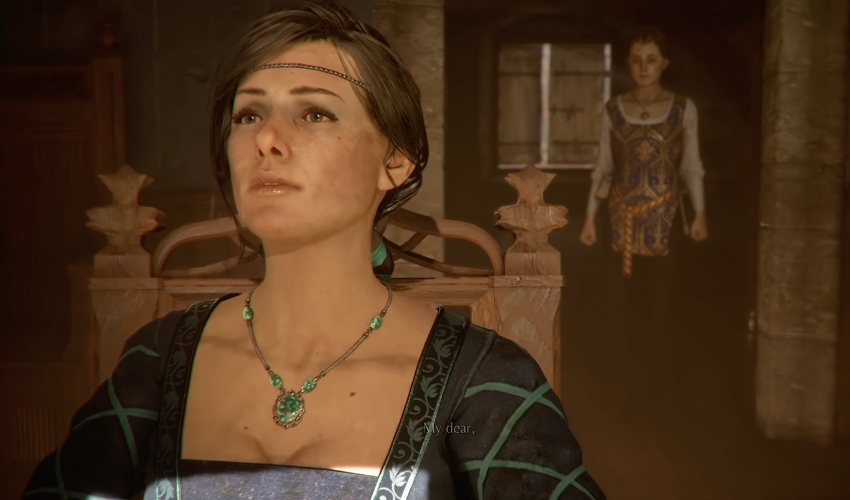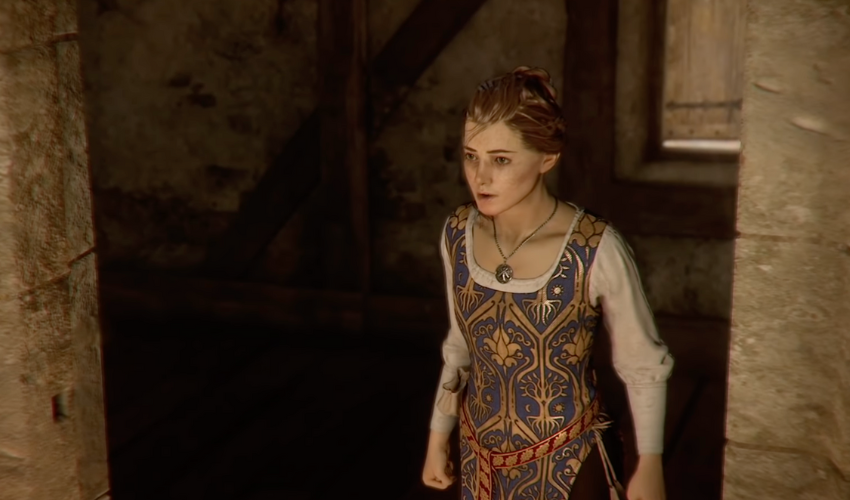Exploring Historical Myths in A Plague Tale: Innocence
- 28

In the intricate tapestry of history, truth and myth often intertwine, creating narratives that are as fascinating as they are complex. The video game "A Plague Tale: Innocence" by Asobo Studio provides a unique medium through which players can experience this blend of historical authenticity and mythical embellishment. Set in 14th-century France amidst the Black Death, the game follows the young Amicia and her brother Hugo as they navigate a world of devastation, peril, and moments of unexpected kindness. Throughout their journey, the game delves into themes of family, survival, and the inexorable march of history, all while weaving in elements of myth and historical conjecture. This article aims to explore these historical myths and discern the line where fact meets fiction within the game.
The Black Death: Fact Versus Fiction
The backdrop of "A Plague Tale: Innocence" is the Black Death, one of the most devastating pandemics in human history. Historically, the Black Death is estimated to have eliminated half of Europe's population in the 14th century. While the game accurately reflects the terror and widespread destruction caused by the plague, it introduces a mythical element in the form of unnaturally aggressive rats. These hordes of rats serve as both a literal and metaphorical representation of the plague, embodying the unstoppable nature of the disease.
In reality, the Black Death was caused by the bacterium Yersinia pestis, transmitted primarily by fleas carried on rats. However, the game amplifies this aspect to create an antagonist that is visceral and immediate. The concept of swarms of rats overwhelming entire cities overnight is an exaggeration, used effectively to heighten the tension and horror. Nevertheless, the inclusion of rats as a central element is rooted in historical associations of rats with plague and death.
The Inquisition's Role in the Plague Era

"A Plague Tale: Innocence" also brings into focus the Inquisition, portraying it as a shadowy force that pursues the protagonist's siblings for reasons linked to supernatural elements and Hugo's mysterious condition. The historical accuracy surrounding the portrayal of the Inquisition is nuanced. The Inquisition was primarily concerned with heresy, seeking to identify and punish those who diverged from the Catholic faith. While the game presents the Inquisition as being intricately involved in the events of the plague and possessing a near-omnipresent control, historical records suggest that the Inquisition's focus was not directly on issues stemming from the plague.
Moreover, the game amplifies the Inquisition's reach and power for dramatic effect. During the time of the Black Death, the Inquisition conducted trials and sought out heretics, but its influence varied across Europe and was not as monolithic as depicted. The portrayal of the Inquisition in the game serves more to illustrate the themes of power, zealotry, and persecution rather than provide a strictly accurate historical recounting of its role during the plague.
Alchemy and the Search for a Cure
Alchemy plays a significant role in "A Plague Tale: Innocence", intertwining with the plot as characters seek knowledge and a potential cure to the plague affecting Hugo. Alchemy, often seen as the precursor to modern chemistry, was a multifaceted practice that included elements of mysticism, philosophy, and early scientific experimentation. During the 14th century, alchemists were indeed sought after for their supposed abilities to cure ailments, transmute metals into gold, and discover the elixir of life.

The game's portrayal of alchemy captures the aura of mystery and the relentless quest for knowledge that characterized the practice. Characters like Lucas, a young alchemist who befriends Amicia and Hugo, embody the alchemist's role as both scholar and mystic. However, the magical realism inherent in the game's plot does stretch the historical capabilities of alchemy. While alchemists did conduct experiments and concoct various substances, the efficacy of their "cures" was often questionable, and their methods were not as advanced as the game occasionally suggests. The blending of factual alchemical practices with fictional elements in the game creates a captivating narrative, though it diverges from historical accuracy.
Mythical Elements and Symbolism
At its core, "A Plague Tale: Innocence" is a narrative rich with mythical symbolism and motifs. The most overt of these is the sea of ravenous rats, which, while based on historical associations, are exaggerated to mythic proportions. These rats are not only a symbol of the Black Death but also serve as a metaphor for darkness, fear, and the destructive power of nature unchecked by human civilization. The game skilfully employs these creatures to create an atmosphere filled with tension and dread.
Another mythical element is Hugo's mysterious condition, which is central to the story. Without delving into spoilers, Hugo's condition can be seen as a representation of the unknown, the fear of powerful forces beyond human control or understanding. This aligns with the broader thematic concerns of the game, including the fragility of life and the struggle between light and darkness, knowledge and ignorance.
The appearance of mythical symbols and alchemical signs throughout the game also contributes to the rich tapestry of historical and mythical interplay. These elements, while not historically accurate in their depiction or significance, enrich the narrative, creating layers of meaning that resonate with the player's experience.
Conclusion

"A Plague Tale: Innocence" is a masterpiece that deftly weaves historical facts with mythological elements to create a gripping narrative that is both educational and profoundly moving. While the game takes creative liberties in its portrayal of the Black Death, the Inquisition, alchemy, and other historical aspects, these embellishments serve to enhance the story, offering players a deeply immersive experience. The game does not claim to be a factual recounting of history but rather uses history as a canvas to explore universal themes of human resilience, the quest for knowledge, and the bounds of familial love.
In dissecting the historical myths within "A Plague Tale: Innocence", it becomes clear that the game is less concerned with historical precision than it is with crafting a compelling narrative shaped by the forces of history, myth, and human emotion. As such, it stands as an exemplary testament to how video games can transcend simple entertainment, offering players a profound engagement with the past—even if that past is viewed through a lens of fantasy and fiction.
By exploring the blurred lines between historical fact and myth, "A Plague Tale: Innocence" invites players to reflect on the nature of history itself: not as a static record of events, but as a story constantly being rewritten, interpreted, and understood in new ways. In doing so, it captures the imagination and prompts a deeper appreciation for the complex tapestry of human history and the mysteries that still linger within it.